IoT Packaging – Smart & Connected Packaging Solutions for Modern Supply Chains
In today’s connected economy, IoT packaging is transforming how products are tracked, protected, and managed across the supply chain. With embedded sensors, RFID/NFC tags, and real-time data, it delivers full visibility from factory to customer. Beyond efficiency, IoT packaging builds brand trust and smarter logistics, marking a key step for Malaysian businesses advancing toward Industry 4.0.
What Is IoT Packaging?
IoT Packaging refers to packaging solutions integrated with sensors, RFID/NFC tags, or network connectivity that enable real-time data collection and communication. Unlike traditional packaging, which only serves as a protective or branding layer, IoT-enabled or smart packaging can monitor, record, and transmit information about the product and its environment.
This technology bridges the gap between the physical and digital worlds — allowing businesses to track products throughout the supply chain, ensure quality control, and enhance user experience. From cold-chain management in pharmaceuticals and food to authenticity verification in luxury goods, IoT packaging is transforming how companies manage, protect, and engage with their products.
Why Does IoT Packaging Matter for Supply Chains and Brands?
IoT packaging delivers powerful advantages for manufacturers, logistics providers, and consumers alike:
- For manufacturers and brands: It enhances product traceability, combats counterfeiting, reduces losses, and provides valuable consumer usage insights.
- For logistics and warehouse operations: It enables real-time monitoring of environmental conditions such as temperature and humidity, ensuring proper handling of sensitive goods while optimizing inventory management and reducing waste.
- For consumers: Smart packaging allows interactive engagement through QR codes or NFC chips, providing transparency, authenticity verification, and a more personalized experience — all of which strengthen brand trust and loyalty.
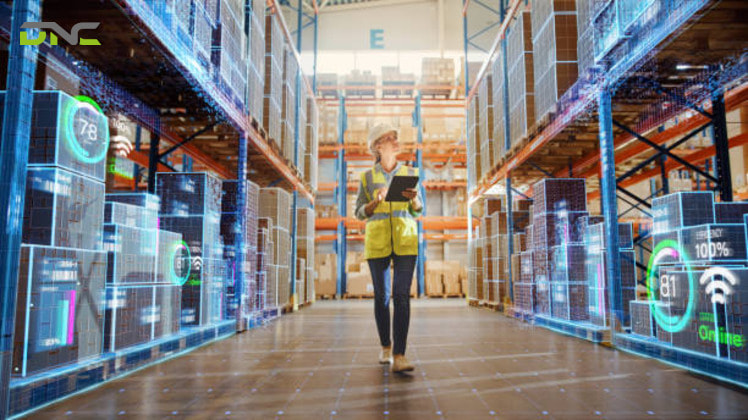
IoT packaging delivers powerful advantages for manufacturers, logistics providers
What Technologies Enable IoT Packaging?
IoT packaging relies on a combination of sensing, connectivity, and data technologies to turn ordinary packaging into intelligent, communicative assets. These technologies include:
- Smart sensors and data transmission modules: Embedded within packaging to measure temperature, humidity, shock, or even GPS location, ensuring product integrity throughout transport.
- RFID, NFC, QR codes, and Bluetooth Low Energy (BLE): These enable communication, authentication, and item identification, making it easier to track and verify products across touchpoints.
- Network connectivity and IoT platforms: Cloud-based platforms and APIs collect, store, and analyze sensor data in real time, providing actionable insights for both supply chain operators and brand owners.
- Integration with automated supply chain systems: IoT packaging can connect seamlessly with logistics tracking, warehouse management systems (WMS), and data analytics dashboards to support smart logistics and predictive operations.
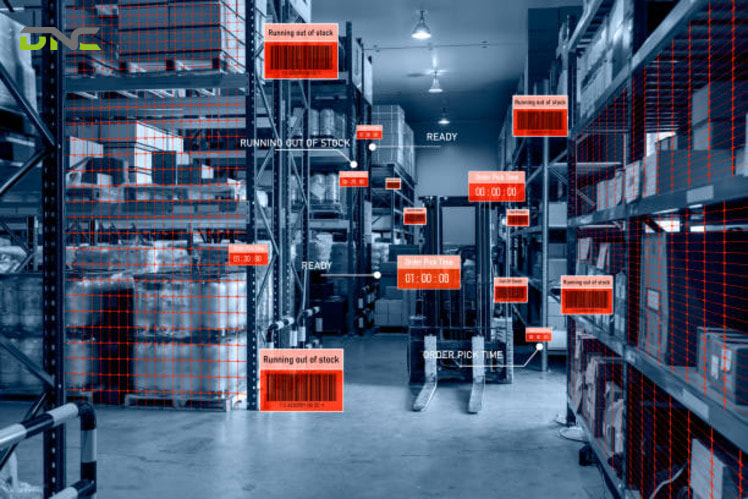
IoT packaging relies on a combination of sensing, connectivity, and data technologies to turn ordinary packaging into intelligent, communicative assets
What Are the Benefits of Implementing IoT Packaging?
Adopting IoT packaging brings more than just smarter boxes — it transforms the entire lifecycle of a product, from manufacturing to the consumer’s hands. By embedding sensors and connectivity into packaging, companies can turn every shipment into a source of real-time intelligence.
- Real-time visibility and monitoring across the entire supply chain: With IoT-enabled packaging, manufacturers and logistics providers can track product conditions – such as temperature, humidity, shock, or location – at every stage of transport.
- Enhanced traceability and product authenticity: Each package becomes a verified digital identity, traceable from production to point-of-sale. RFID, QR codes, or NFC tags help brands combat counterfeiting and unauthorized distribution by allowing stakeholders and customers to verify authenticity with a simple scan.
- Reduced waste and spoilage, cutting unnecessary inventory and storage costs: Real-time monitoring of environmental conditions helps identify risks early and prevent losses, especially in cold-chain logistics.
- Smarter decision-making and operational optimization: The continuous flow of IoT data allows companies to analyze trends, predict issues, and refine logistics strategies. Insights gained from packaging sensors can improve forecasting accuracy, optimize routes.
- Improved consumer engagement and brand loyalty: Smart packaging creates new touchpoints for customer interaction. Through NFC or QR codes, consumers can access detailed product origins, authenticity certificates, usage instructions.
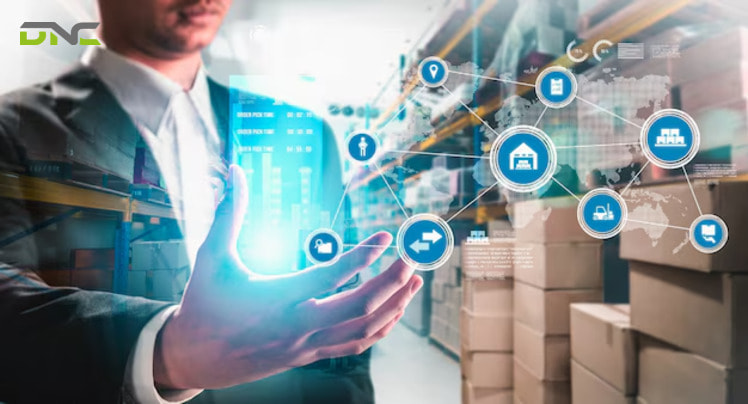
Real-time visibility and monitoring across the entire supply chain
What Are the Challenges and Considerations When Deploying IoT Packaging?
While IoT packaging offers transformative potential, companies should also address key implementation challenges:
- High upfront costs for sensors, connectivity, and data platforms, with uncertain ROI in early stages.
- System integration complexities with existing ERP, WMS, and supply chain software.
- Standardization and interoperability issues, along with data privacy and cybersecurity concerns.
- Maintenance and device lifecycle management, including battery life and tag replacement.
- Technical expertise and ecosystem readiness – especially in emerging markets like Malaysia and ASEAN, where deployment and operation capabilities are still developing.
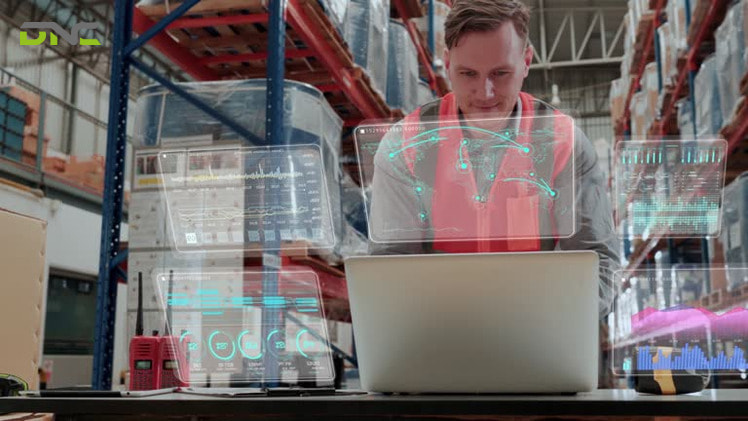
Challenges and Considerations When Deploying IoT Packaging
FAQ: IoT Packaging
1. What exactly is smart packaging vs traditional packaging?
Traditional packaging mainly serves to protect and contain products. In contrast, smart or IoT packaging incorporates sensors, chips, or communication technologies (like RFID, NFC, or Bluetooth) that enable real-time data exchange. This allows packaging to monitor conditions, track location, or interact directly with consumers — transforming it from a passive container into an active data source.
2. How much does IoT packaging cost per unit or at scale?
The cost depends on the level of technology integration. Basic QR or NFC-enabled packaging can add only a few cents per unit, while sensor-embedded or GPS-tracked solutions can range from a few dollars upward. However, large-scale deployment often reduces per-unit cost, and the ROI typically comes from reduced waste, fewer recalls, and stronger brand protection.
3. Which packaging types benefit most from IoT?
IoT packaging is especially valuable in industries where product condition, authenticity, and timing are critical, such as:
- Food & beverage (cold chain and freshness monitoring)
- Pharmaceuticals (temperature and tamper detection)
- Electronics (shock and humidity tracking)
- Luxury goods (anti-counterfeit authentication)
4. What connectivity options are available (Bluetooth, NFC, LoRa, NB-IoT)?
Different technologies serve different needs:
- NFC & QR codes — ideal for consumer engagement and authentication.
- Bluetooth Low Energy (BLE) — for short-range condition monitoring.
- LoRa, NB-IoT, or Cellular IoT — for long-range tracking across logistics networks.
The choice depends on data needs, cost constraints, and infrastructure availability.
5. How to ensure data privacy & security for connected packaging?
Data from IoT packaging should be encrypted and transmitted securely via authenticated channels. Companies must comply with data protection standards (e.g., GDPR) and maintain strict control over access rights. Additionally, using blockchain-based traceability systems can enhance transparency while protecting sensitive supply chain data.
Conclusion
IoT packaging is redefining the way products are tracked, managed, and experienced across the entire supply chain. By combining sensors, connectivity, and data intelligence, businesses can gain real-time visibility, enhance traceability, and deliver greater value to both logistics partners and end consumers.
At DNC Automation, we specialize in delivering end-to-end industrial and logistics automation solutions, including smart packaging integration, IoT-enabled systems, and data-driven process optimization.
With extensive experience across Malaysia and Southeast Asia, DNC helps manufacturers and logistics providers transition toward Industry 4.0-ready operations through customized automation, advanced sensor systems, and connected technologies.
Whether you aim to modernize your packaging line or implement full-scale IoT transformation, DNC Automation provides the expertise, engineering capability, and local support to make it happen — reliably and efficiently.
- 2 views
- 0 Comment



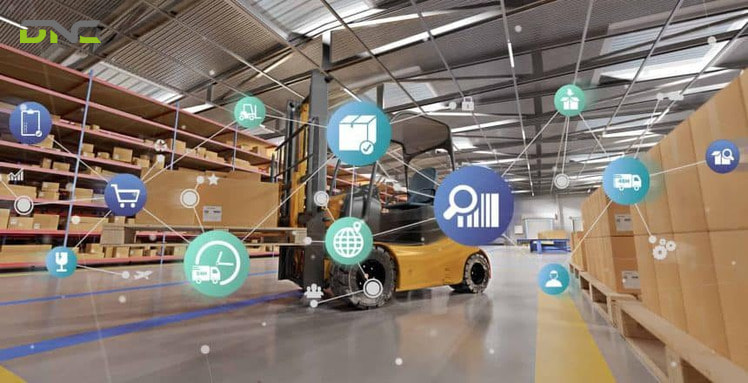
Recent Comments